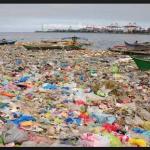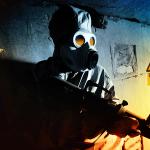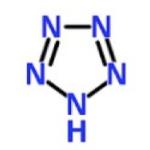If there is anything that infuriates beach and ocean lovers, it is the sight of plastic trash washing up on the beach.
Chemicals & Chemistry
Dear Homeland Security Guys,
Last week I speculated on the cause of the poisoning death Kin-Jong-Nam, using this table of common poisons:
Initial reports suggest that Kim Jong-Nam, the estranged half-brother of North Korean dictator Kim Jong-Un, was murdered with VX, a type of agent used in chemical warfare. What is it, and how does it work?
It's a headline perfectly befitting The Onion. Unlike stories found in the satirical newspaper, however, this one is absolutely true.
Useless trivia item for a Wednesday:
Whether you are choosing 87, 89, or 93-octane rated gasoline, you're not buying octane. Why? Because if you were actually putting octane into your car, it would screw it up big time.
Chemists have a variety of reasons for synthesizing things.
If there is one thing that makes ocean lovers crazy, it is trash on the beach, and the worst kind is plastic trash.
CNN breathlessly reported that “A study by the Silent Spring Institute [1] found fluorinated chemicals in one-third of the fast food packaging tested.
The American Council on Science and Health, since 1978 America's premiere pro-science consumer advocacy non-profit, is pleased to announce our new book, "Natural and Artificial Flavors: What's the Difference?", in order to combat growing confusion












